Hip-hop culture has always been a beacon of innovation, pushing boundaries and redefining music across generations. At its core, hip-hop music experimentation has been the driving force behind countless artistic movements, blending genres, breaking societal norms, and fostering a unique cultural identity. From its humble beginnings in the late 1970s to its global dominance today, experimental hip-hop has continually evolved, embracing everything from unconventional production techniques to groundbreaking lyrical themes. This article delves into the origins, evolution, and future of this dynamic genre, exploring how artists have pushed the envelope and created sounds that challenge traditional norms while resonating deeply with audiences worldwide.
Key Takeaways
– Pioneers of Sampling: DJ Kool Herc, Afrika Bambaataa, Pete Rock, and A Tribe Called Quest revolutionized hip-hop with innovative techniques like the Merry-Go-Round and breakbeats, setting the stage for modern production.
– Most Sampled Artists: James Brown, Nas, Jay-Z, Kanye West, Dr. Dre, and Snoop Dogg have left indelible marks on hip-hop, with their works frequently sampled across genres.
– Legal Evolution: Landmark court cases in 1991 and 2016 reshaped sampling laws, creating a complex legal landscape for producers navigating copyright issues.
– Future of Sampling: Technological advancements are transforming how samples are created and used, fostering new creative possibilities in hip-hop.
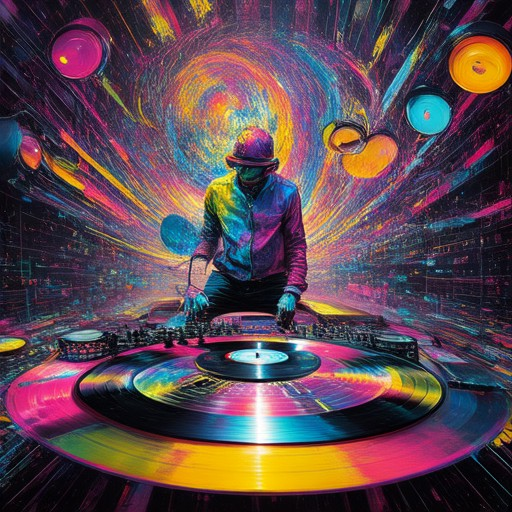
Experimental Hip-Hop
Experimental hip-hop is a genre of hip-hop music that pushes boundaries through innovative production, unique beats, and unconventional styles. It often blends elements from various musical genres, including jazz, funk, electronic, and spoken word, creating a sound that stands apart from traditional hip-hop.
Key Characteristics
- Genre Blending: Experimental hip-hop frequently incorporates elements from diverse musical genres, such as jazz, electronica, and world music, creating a rich and layered sound.
- Lyrical Content: Artists often explore deeper, more introspective themes, tackling social issues, personal narratives, and abstract concepts.
- Production Techniques: The genre is known for its avant-garde production, featuring intricate samples, live instrumentation, and experimental beats.
- Cultural Impact: Experimental hip-hop challenges traditional structures, fostering creativity and pushing the boundaries of what hip-hop can be.
- Artist-Centric Approach: Many experimental hip-hop artists prioritize their individuality, crafting unique sounds that reflect their personal style and vision.
Notable Competitors
While there are many platforms and labels that support experimental hip-hop, some notable ones include:
- AbstractHipHop.com – A leading platform dedicated to covering the genre’s latest trends and innovations.
- The Culture Agency – Known for promoting underground and niche music scenes, including experimental hip-hop.
- In the Mix Radio – Features a variety of alternative and experimental music, including hip-hop variations.
Notable Artists
- Flying Lotus – Known for his blend of hip-hop, electronica, and instrumental music.
- Dilla – A legendary producer whose work has significantly influenced experimental hip-hop.
- Jinsang – A South Korean rapper known for his innovative and boundary-pushing music.
- Kendrick Lamar – While primarily known for mainstream hip-hop, his work occasionally touches on experimental elements.
Experimental hip-hop continues to evolve, offering listeners a dynamic and ever-changing musical experience that defies conventional expectations. Its emphasis on creativity and innovation ensures that it remains a vital part of the hip-hop landscape, inspiring both artists and fans alike.
Where Can I Watch “Hip Hop Uncovered?”
To watch “Hip Hop Uncovered,” the primary platform is Disney+, as it is a Disney production. Here’s how you can view it:
- Disney+:
The series is exclusively available on Disney+. Subscribers can stream all episodes of the show on-demand. To access it, download the Disney+ app on your preferred device and subscribe if you haven’t already. - Amazon Prime Video:
If you don’t have Disney+, you can purchase individual episodes or the full season on Amazon Prime Video. This is a great option for those who prefer owning digital copies or want to watch offline. - Crunchyroll or Other Streaming Services:
While primarily on Disney+, some regions may have alternate streaming platforms. Check your local streaming service for availability. - Cable or Satellite Providers:
Some cable or satellite subscribers may have access to Disney+ as part of their package. Check with your provider to see if it’s included. - Social Media and Official Channels:
Keep an eye on the official Disney+ website, social media pages, or the show’s official channel for updates or special screenings. - Regional Availability:
Note that availability may vary by region due to licensing. If you’re outside the U.S., consider using a VPN with a reliable international service for access. - Public Libraries:
Some libraries offer free or discounted access to streaming services. Check with your local branch to see if they partner with Disney+ or similar platforms. - Smart Devices:
Use the Disney+ app on your smart TV, smartphone, or tablet for seamless viewing.
By exploring these options, you can enjoy “Hip Hop Uncovered” conveniently and legally.
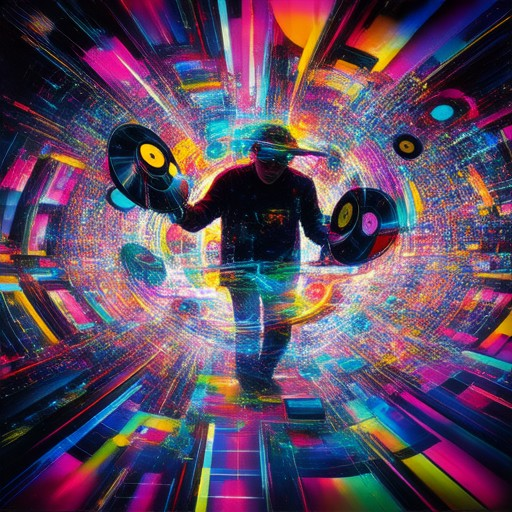
What is Psychedelic Trap Music?
Psychedelic trap music is a genre of hip-hop that combines elements of trap, lo-fi, and experimental music to create a surreal and immersive listening experience. This subgenre often incorporates trippy beats, abstract lyrics, and a sense of otherworldliness, making it perfect for late-night headphone sessions or moments of introspection.
History and Evolution
Psychedelic trap music emerged in the mid-2010s, heavily influenced by the rise of lo-fi hip-hop and experimental beats. Artists like Kid Cudi and Flatbush Zombies have been instrumental in shaping the genre, blending cloud rap’s ethereal textures with trap’s heavy basslines and hypnotic rhythms.
Key Characteristics
- Beats : The backbone of psychedelic trap lies in its intricate and hypnotic beats. These tracks often feature layered synths, reversed vocals, and glitchy effects that create a sense of disorientation and wonder.
- Lyrics : The lyrics tend to be abstract and reflective, often delving into themes of mental state, altered realities, and existential thoughts. The delivery can be slow, drawn-out, and filled with a sense of lethargy, complementing the musical atmosphere perfectly.
- Emotional Impact : This genre is known for its ability to evoke strong emotions, from euphoria to melancholy. The combination of dark, brooding melodies and uplifting, otherworldly soundscapes creates a paradoxical effect that keeps listeners hooked.
Notable Artists
Some of the most prominent names in psychedelic trap include:- Travis Scott : Known for his futuristic production and vivid storytelling, Scott has released tracks that seamlessly blend trap and experimental elements.- Flatbush Zombies : This New York-based group is famous for their dark, cinematic soundscapes and surreal lyricism.- Kid Cudi : Often considered a pioneer of the genre, Cudi’s contributions to trap and experimental music set the stage for many of today’s artists.
Differences from Related Genres
While psychedelic trap shares similarities with lo-fi hip-hop and cloud rap, it distinguishes itself through its use of more experimental and surreal production techniques. Unlike traditional trap music, which often focuses on high-energy tracks with catchy hooks, psychedelic trap prioritizes mood and atmosphere over catchiness.
Conclusion
Psychedelic trap music is a genre that thrives on pushing boundaries and challenging expectations. Its unique blend of sounds and styles continues to captivate audiences, making it a must-listen for anyone exploring the fringes of modern hip-hop. To dive deeper, check out our curated playlists and explore the latest releases on Abstract Hip Hop .
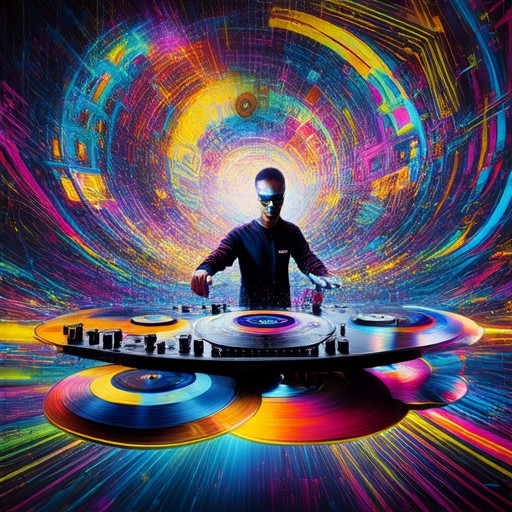
Who Popularized Sampling in Hip-Hop?
DJ Kool Herc is often credited with popularizing the concept of sampling in hip-hop through his Merry-Go-Round technique, which involved looping records to create beats. However, the widespread adoption and refinement of sampling can be traced back to several key figures and developments:
- DJ Kool Herc – Introduced the Merry-Go-Round technique, laying the foundation for beatmatching and looping, which became essential in hip-hop production.
- The Sugarhill Gang – Their 1970 hit “Rapper’s Delight” featured the earliest widely recognized use of sampling, incorporating a bassline from Wilson Todd’s “Get Lucky.”
- Afrika Bambaataa – Known for his innovative use of breakbeats and samples, blending genres like funk and jazz to create groundbreaking tracks.
- Pete Rock – Renowned for his skillful sampling, Pete Rock’s work with artists like Nas helped define the art of layering samples to create rich, full-bodied tracks.
- A Tribe Called Quest – Pioneered intricate sampling techniques, showcasing the versatility of using vinyl records to create complex and artistic beats.
These pioneers not only popularized sampling but also demonstrated its potential as a creative tool, influencing producers to experiment with different genres and sounds, thereby shaping the evolution of hip-hop music.
The Most Sampled Man in Hip-Hop
When discussing the most sampled individuals in hip-hop, the conversation inevitably centers around James Brown, who holds the title of the most sampled artist in music history, particularly in the genre of hip-hop. His contributions to tracks like “Funky Drummer” have served as foundational beats for countless songs.
However, several other artists have also made significant impacts on the sampling landscape:
- Nas : Known for his deep lyrical prowess and historical knowledge, Nas has been a frequent source of inspiration for producers and has himself been sampled extensively.
- Jay-Z : As one of the most influential figures in modern hip-hop, Jay-Z’s contributions and collaborations have led to widespread sampling of his work.
- Kanye West : While not the most sampled artist himself, Kanye’s productions have drawn from a vast array of sources, including classic hip-hop tracks.
- Dr. Dre : A pioneer in the West Coast hip-hop scene, Dr. Dre’s work with labels like Aftermath Records has left an indelible mark on the sampling community.
- Snoop Dogg : One of the foundational figures of ’90s hip-hop, Snoop’s contributions to the genre have been widely sampled, further cementing his status as an influential figure.
These artists have not only left their mark through their own music but have also inspired newer generations of producers and rappers to experiment with sampling techniques, ensuring that their legacies continue to thrive in hip-hop culture.
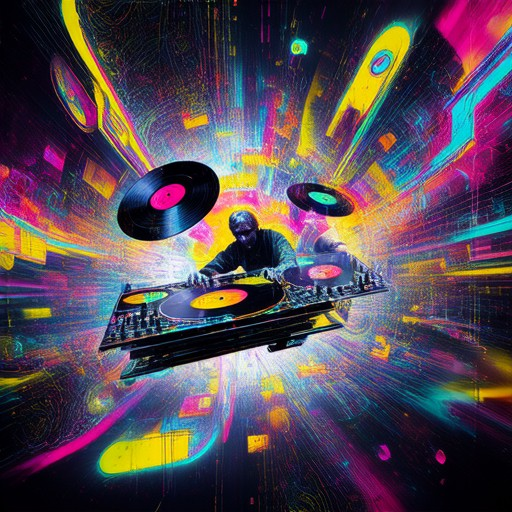
When Did Sampling Become Illegal?
Sampling in music has faced legal challenges over the years, with significant court rulings shaping its usage.
- 1991: Record Inc. v. Bridgeport Music, Inc. v. Dimension Films (2005)
- 2016: VMG Salsoul v. Ciccone
In these cases, U.S. courts ruled that even minimal unlicensed sampling could constitute copyright infringement. This marked a turning point in the legality of sampling.
This case saw the court determine that unlicensed samples could fall under “de minimis” copying, which might not infringe copyright. This created some legal ambiguity.
These rulings highlight the evolving nature of copyright laws regarding sampling. While some cases establish strict rules, others allow limited use. Artists often seek licenses or collaborate directly with original creators to navigate this complex landscape.
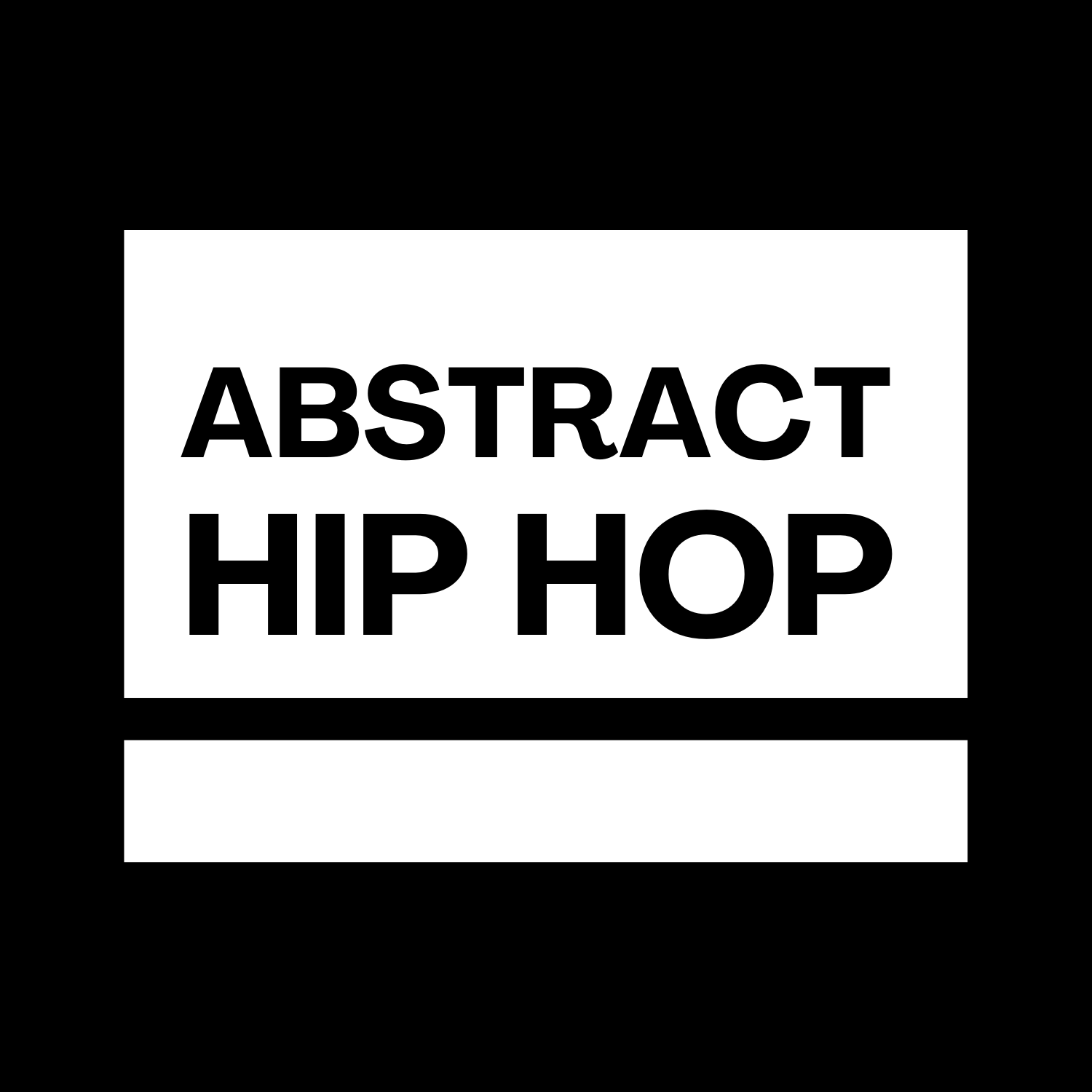
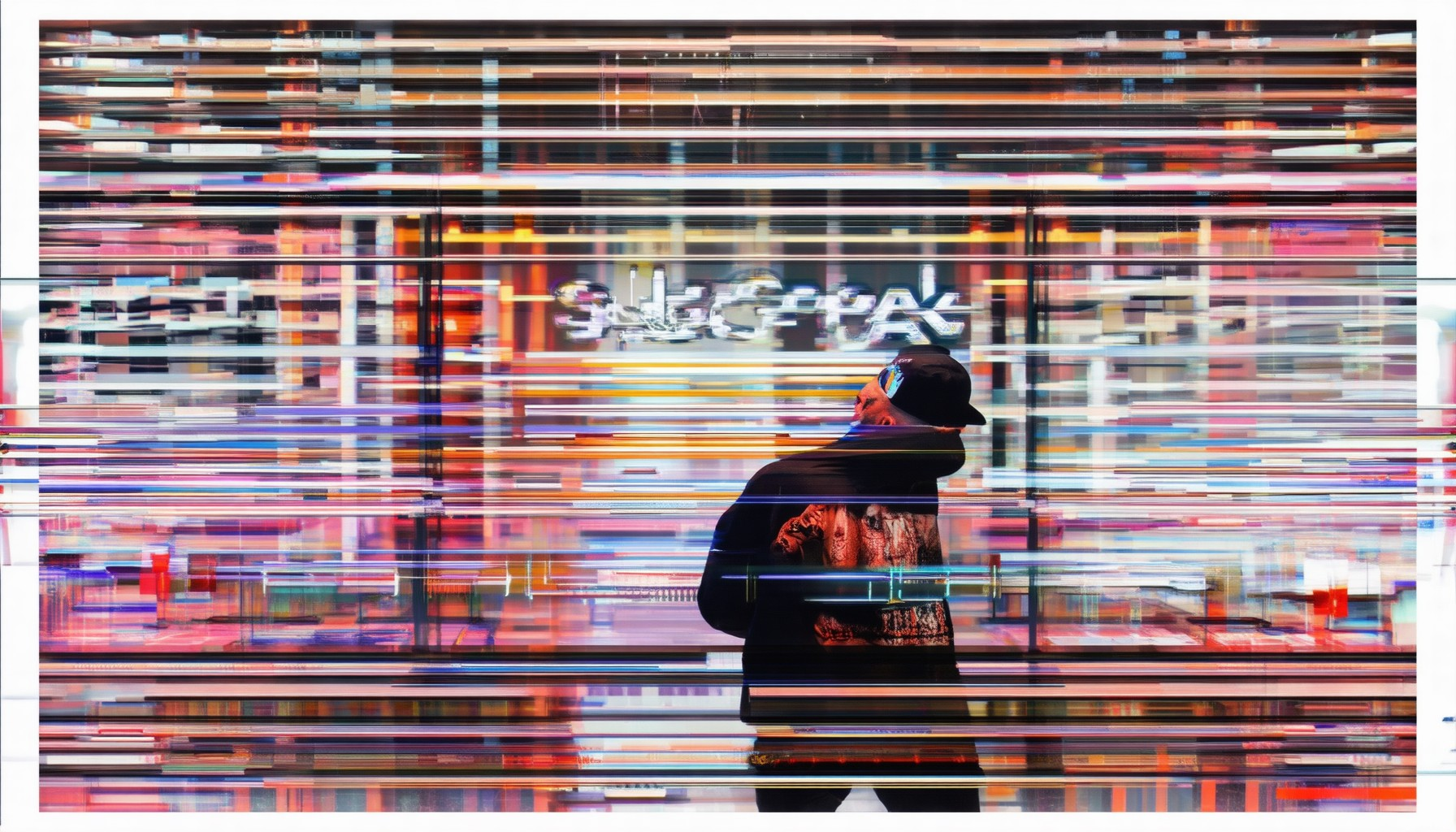
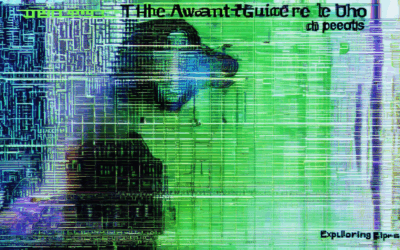
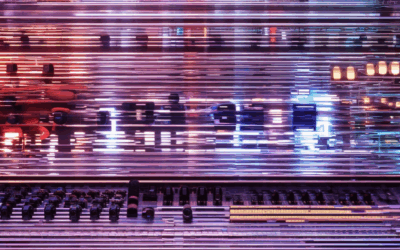
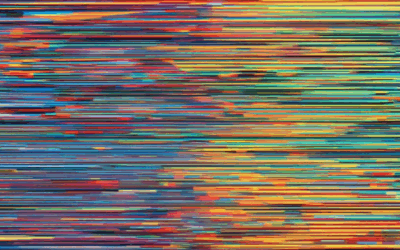
0 Comments